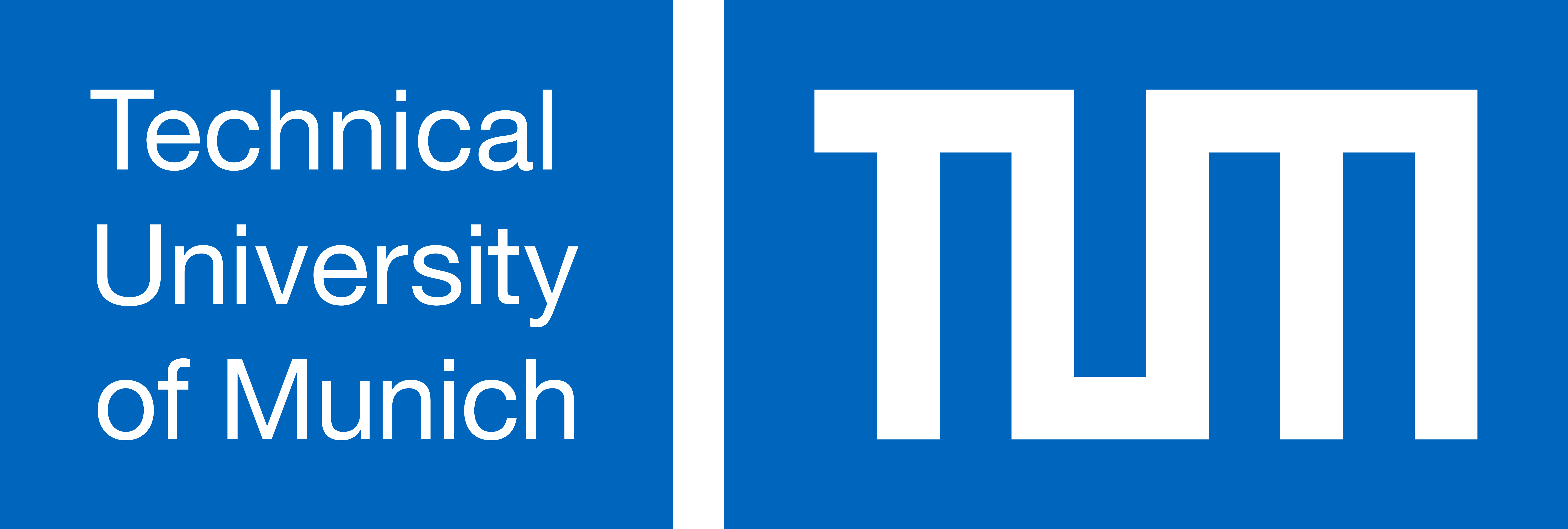It’s over 9000: Analyzing early QUIC Deployments with the Standardization on the Horizon
On this website we present additional information about our paper It’s over 9000: Analyzing early QUIC Deployments with the Standardization on the Horizon and provide access to extended analysis results.
Results and Data
We collect and update results on a regular basis and offer new data.
Further results can be found here
If you are interested in additional data, further insights or collaborations please contact us.
Transport Parameters
A list of transport parameter configuration found during stateful scans can be found here| ID | Max Idle Timeout | Max UDP Payload Size | Max Data | Max Stream Data Bidi Local | Max Stream Data Bidi Remote | Max Stream Data Uni | Max Streams Bidi | Max Stream Uni | ACK Delay Exponent | Max Ack Delay | Disable Active Migration | Active Conn ID Limit | Targets |
|---|
Raw Data
We publish raw data to reproduce our analysis at the TUM university library to guaranteee long-term availability.Dataset DOI: 10.14459/2021mp1624408
Referencing our Work
If you are using collected data or aggregated results from this work in your publication, please refer to it with the following reference [bib]:
@inproceedings{zirngibl2021over9000,
title = {It’s over 9000: Analyzing early QUIC Deployments with the Standardization on the Horizon},
author = {Zirngibl, Johannes and Buschmann, Philippe and Sattler, Patrick and Jaeger, Benedikt and Aulbach, Juliane and Carle, Georg},
booktitle = {Proceedings of the 2021 Internet Measurement Conference},
year = {2021},
location = {Virtual Event, USA},
numpages = {15},
doi = {10.1145/3487552.3487826},
publisher = {ACM},
address = {New York, NY, USA},
}
Software and Tools
During our QUIC study, we developed tools to detect QUIC deployments using ZMap and conduct stateful scans with the QScanner. We publish the following software and tools for use by the scientific community:
QScanner
We developed and published the QScanner, a stateful scanner for QUIC. Source: https://github.com/tumi8/qscanner
The QScanner is a tool for large-scale QUIC scans.
It establishes QUIC connections using a fork of quic-go.
The fork is adatped to expose further information regarding the handshake.
The QScanner can scan IPv4 and IPv6 addresses.
Additionally, domains can be provided as input to be used as SNI.
The scanner retrieves information regarding
- the connection
- the QUIC transport parameters
- TLS handshake information
- X.509 certificates
ZMap Modules
We extended the ZMapv6 fork with two modules, one for IPv4 and one for IPv6. The modules send QUIC Initial packets with a version 0x1a1a1a1a to force a Version Negotiation. Server responses are parsed to extract supported versions.Note that both modules padd the initial packet to 1200B by default as specified by RFC9000. Therefore, the modules omit at least a magnitude more traffic as a simple TCP SYN scan with the same rate.
DNS SCAN
For our HTTPS resource record DNS scans, we contributed to MassDNS to be able to query HTTPS and SVCB records. Our setup uses MassDNS in combination with a local Unbound resolver. Received HTTPS and SVCB records are written as raw bytes.To parse these records and extract QUIC deployments and their supported versions we use a skript (skrips/parse-svcb.py) based on dnspython.
Paper
Our paper has been accepted for IMC'21 and will be published soon.A preprint of the paper can be found here.
Abstract.
After nearly five years and 34 draft versions, standardization of the
new connection oriented transport protocol QUIC was finalized
in May 2021. Designed as a fundamental network protocol with
increased complexity due to the combination of functionality from
multiple network stack layers, it has the potential to drastically
influence the Internet ecosystem. Nevertheless, even in its early
stages, the protocol attracted a variety of parties including large
providers. Our study shows, that more than 2.3 M IPv4 and 300 k
IPv6 addresses support QUIC hosting more than 30 M domains.
Using our newly implemented stateful QUIC scanner (QScanner)
we are able to successfully scan 26 M targets. We show that TLS as
an integral part is similarly configured between QUIC and TLS over
TCP stacks for the same target. In comparison, we identify 45 widely
varying transport parameter configurations, e.g., with differences
in the order of magnitudes for performance relevant parameters.
Combining these configurations with HTTP Server header values
and associated domains reveals two large edge deployments from
Facebook and Google. Thus, while found QUIC deployments are
located in 4667 autonomous systems, numerous of these are again
operated by large providers.
In our experience, IETF QUIC already sees an advanced deployment
status mainly driven by large providers. We argue that the
current deployment state and diversity of existing implementations
and seen configurations solidifies the importance of QUIC as a future
research topic. In this work, we provide and evaluate a versatile
tool set, to identify QUIC capable hosts and their properties.
Besides the stateful QScanner we present and analyze a newly implemented
IPv4 and IPv6 ZMap module. We compare it to additional
detection methods based on HTTP Alternative Service Header
values from HTTP handshakes and DNS scans of the newly drafted
HTTPS DNS resource record. While each method reveals unique
deployments the latter would allow lightweight scans to detect
QUIC capable targets but is drastically biased towards Cloudflare.
Authors. Johannes Zirngibl, Philippe Buschmann, Patrick Sattler, Benedikt Jaeger, Juliane Aulbach, Georg Carle.
